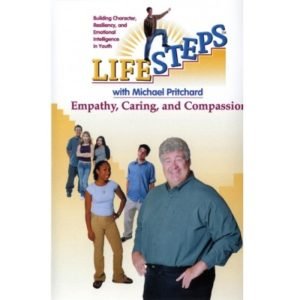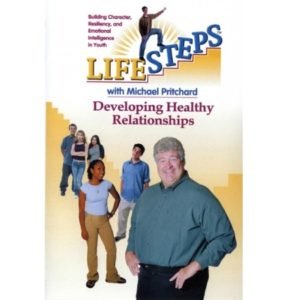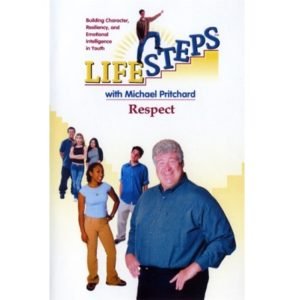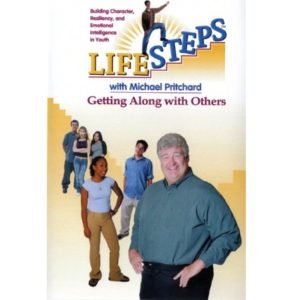Beyond High School: Strategies for Nontraditional Students
$139.95
-For Grades 7-12
-DVD + Printable Teaching Guide
Two students with learning disabilities talk about a college program specifically designed for students like them. Other options explored include a recent high school graduate getting a certificate in culinary arts as she pursues her dream of a catering career, and an apprentice in a brick-laying program who never felt comfortable being a student and decides that an apprenticeship made more sense for him.
- Description
Description
A traditional four-year college may not be the best option for many high school students enrolled in special education courses. Other options explored include a recent high school graduate getting a certificate in culinary arts as she pursues her dream of a catering career. An apprentice in a brick-laying program who never felt comfortable being a student decides that an apprenticeship made more sense for him. Two students with learning disabilities talk about a college program specifically designed for students like them. Video expands on each of these examples to explore similar options available throughout the country. It offers advice about where to find information and what questions to ask. This unique program provides encouragement for high school students, reminding them that there are different avenues to a successful and rewarding life after high school.
Includes: 19-minute video, printable teacher’s resource book, and student handouts with pre/post tests.
Sample Video Clip:
Reviews:
Recommended Not every high school graduate can or should go to a college or university to earn a degree. This film shows three alternative routes to post-secondary school education. The broad overview of each gives just enough information to pique the interest of the viewer. The three alternative paths are apprenticeships, certificate programs, and programs for students with a learning disability or ADHD.
In each of the three segments, students talk about their experiences and the segment is well-illustrated with shots of that student and others learning. In addition, educators have their turn, too. In the section on apprenticeships, the apprentice coordinator for bricklayers talks about that path; in the one about certificate programs, a teacher at a culinary arts program at a community college discusses the goals of the certificate program and what questions to ask when investigating them; in the segment on programs for students with learning disabilities, an administrator at a college designed to help these students addresses what to ask when looking at these colleges and tips for visiting.
A narrator appears at the beginning, end, and between segments to introduce and tie together the whole program. The look is very professional, with good sound and visuals. Gender and ethnic diversity is evident.
The workbook consists of pre- and post-tests; worksheets for each segment of the film; and fact sheets about work, apprenticeship programs, examples of certificates, and resources.
This film and workbook would be an excellent resource for students in high school who are ready to think about their future after grade 12. Counselors in high school may want to have this handy for those students who exhibit the need for a non-traditional alternative to a degree program at a college or university.
– Mary Northrup, Metropolitan Community College-Maple Woods, Kansas City, Missouri










